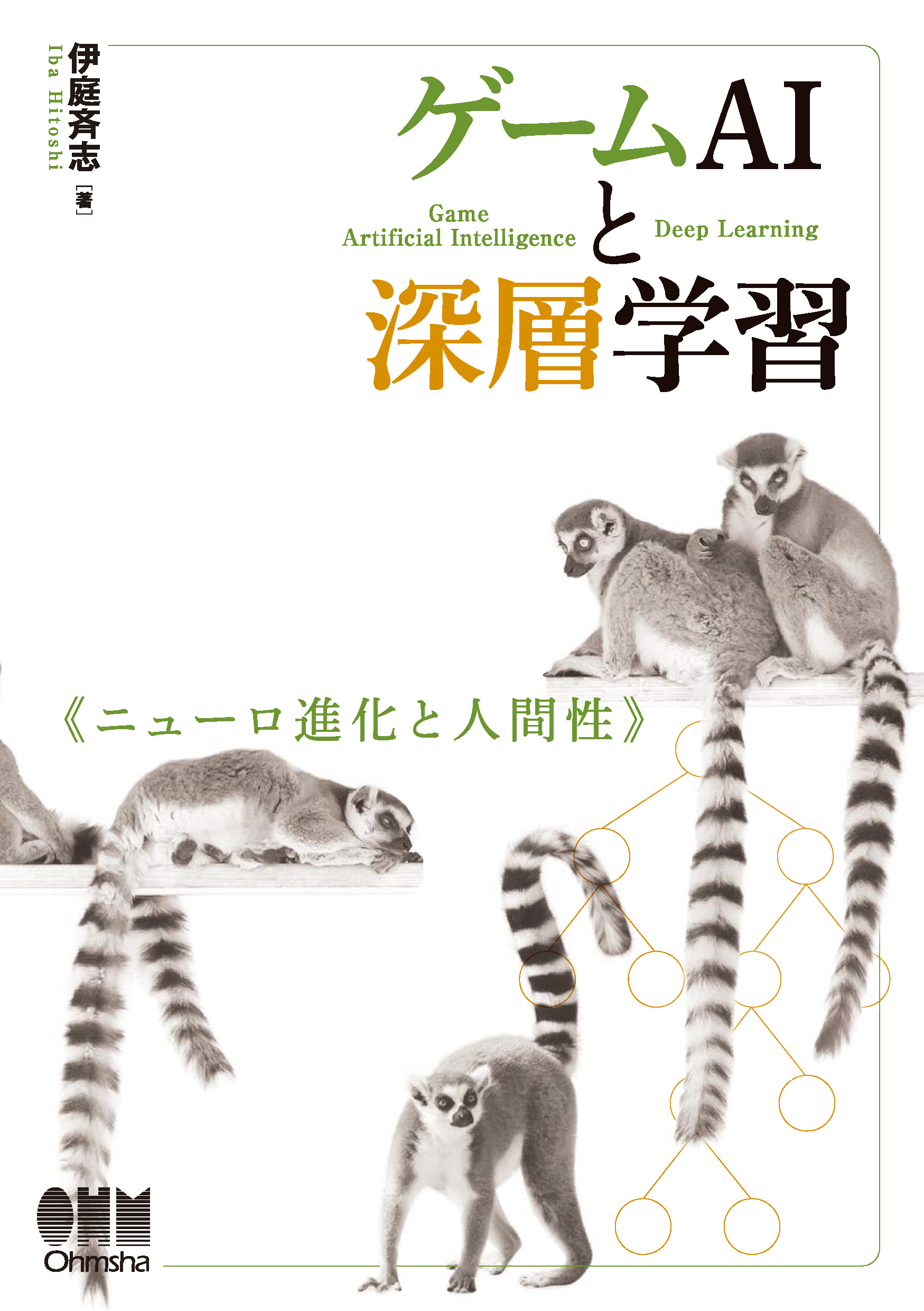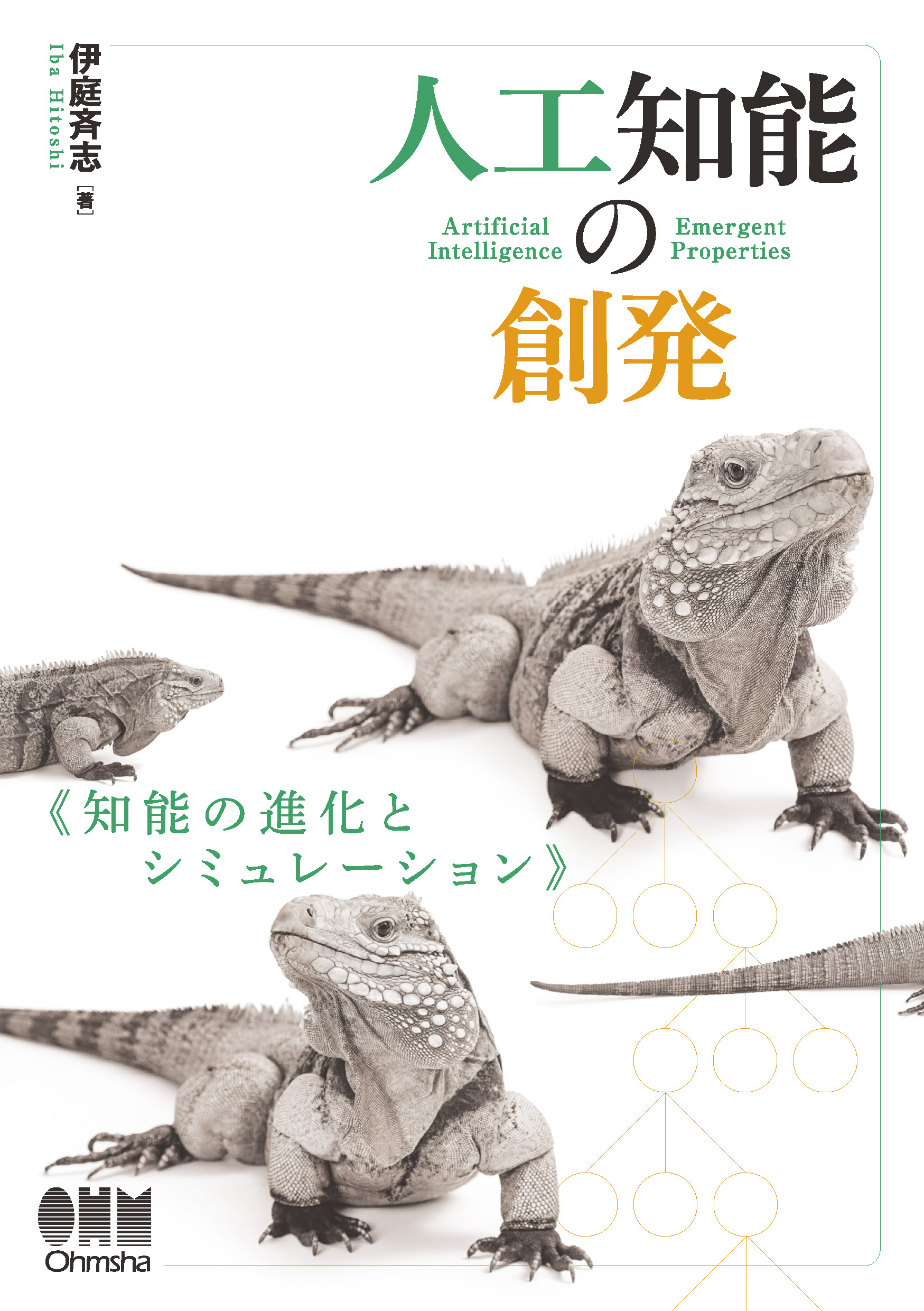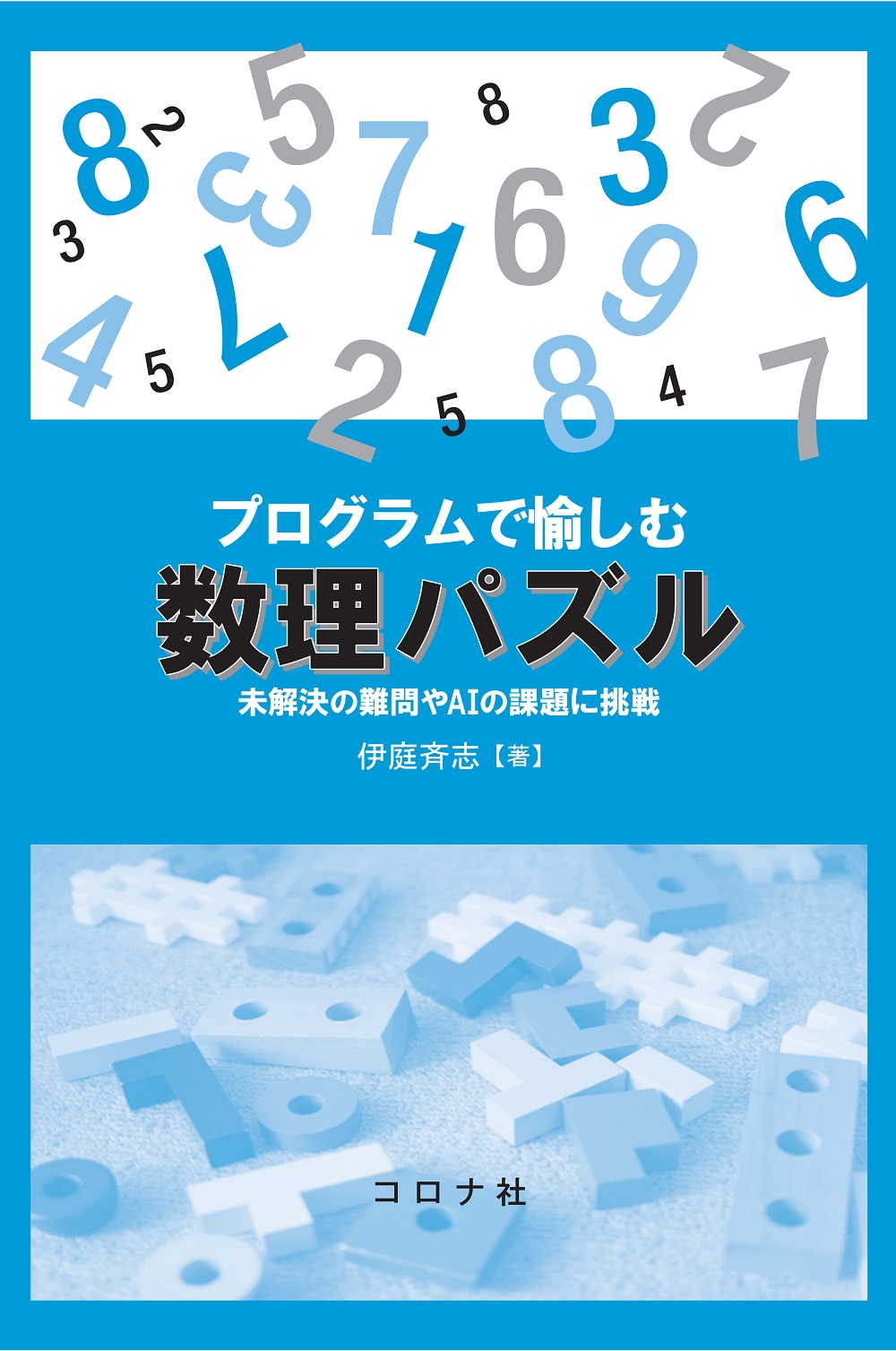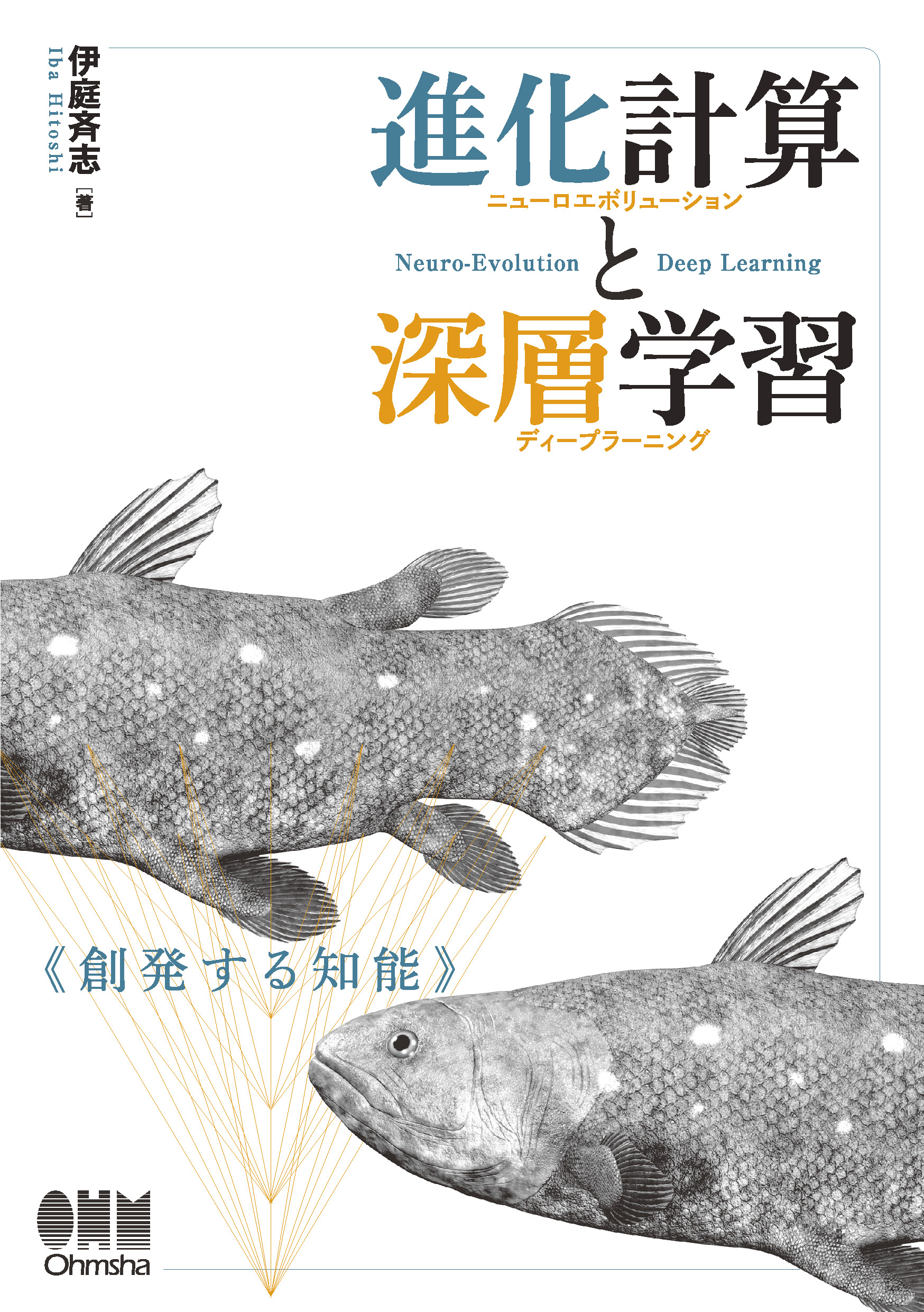
Title
Game AI to shinsogakushu (Game AI and deep learning - Neuro-evolution and humanity)
Size
224 pages, A5 format
Language
Japanese
Released
August 25, 2018
ISBN
978-4-274-22252-8
Published by
Ohmsha, Ltd.
Book Info
See Book Availability at Library
Japanese Page
This book is a commentary on AI in games and puzzles. The basic theory and the latest approaches using deep learning, reinforcement learning, and evolutionary computation are explained in an easy-to-understand manner, with concrete examples. The book includes not just solutions, but various topics, historical backgrounds, mathematical subjects, etc. related to AI. This is because researching games is related to various issues in AI. In fact, research on game AI has led to solutions to many problems in such fields as optimization theory and systems engineering.
As referred to in Chapter 1, I bought a 1986 SciSys Travel Mate II Kasparov Chess Computer when I was a student. Looking back, this was the forerunner of the commercialization of game AI. The machine miraculously still works, and I occasionally play chess on it with my kids. It is quite difficult for me; I have not yet managed to win when the level is raised. At the end of this machine’s instruction manual are the following words from Garry Kasparov himself:
“Please enjoy the Kasparov chess computer to your heart’s content.
Maybe one day you will compete against me on a chessboard!”
Unfortunately, I do not think this would materialize for me, but I hope that readers will be able to expand and challenge themselves after referencing this book. By all means, aim for something more powerful in other games and puzzles.
As the latest topics of artificial intelligence, this book covers mainly game AI and deep learning, machine learning, and meta-heuristics. Methods of integrating deep learning and machine learning with evolutionary computation and meta-heuristics are being actively researched by Google’s DeepMind among others, and it is attracting attention as a new framework that extends the traditional CNN (Convolutional Neural Network). Their program AlphaGo is particularly famous for game AI. This book aims to explain recent methods with various examples and teach techniques that can actually build game AI. It also sheds light on the latest topics such as general game AI and human-like game AI.
In addition, it provides sample programs that demonstrate game AI, meta-heuristics, and evolutionary computation to help readers understand them. However, since the goal is to explain from the basics in an easy-to-understand manner, it does not necessarily deal with the latest data, most powerful algorithms, or the champion records. Instead, the focus is on explaining useful techniques as general AI. Perhaps many more efficient heuristics for solutions exist that I have not found. Readers should try out these extensions and also try to create their own, smarter game AI.
(Written by IBA Hitoshi, Professor, Graduate School of Information Science and Technology / 2020)
Table of Contents
Chapter 2 AI solves puzzles
Chapter 3 Constraint satisfaction puzzles and non-monotonic reasoning
Chapter 4 AI solves games
Chapter 5 Learning and evolution for game AI
Chapter 6 Game AI and humanities
Related Info
http://www.iba.t.u-tokyo.ac.jp/support/index.html



 Find a book
Find a book


 eBook
eBook


